
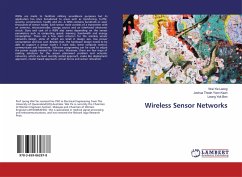
27,99 €
Versandfertig in 6-10 Tagen
28,99 €
Versandfertig in 6-10 Tagen
28,99 €
Versandfertig in 6-10 Tagen
28,99 €
Versandfertig in 1-2 Wochen
28,99 €
Versandfertig in 6-10 Tagen
Ähnliche Artikel

Broschiertes Buch
10. Dezember 2024
Verlag Unser Wissen
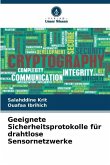
Broschiertes Buch
15. September 2023
Verlag Unser Wissen
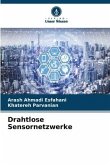

Broschiertes Buch
Verwendung metaheuristischer Techniken
25. Oktober 2021
Verlag Unser Wissen

Broschiertes Buch
Algorithmen für heterogene drahtlose Sensornetzwerke zur Erhöhung der Lebensdauer des Netzwerks
31. Dezember 2024
Verlag Unser Wissen
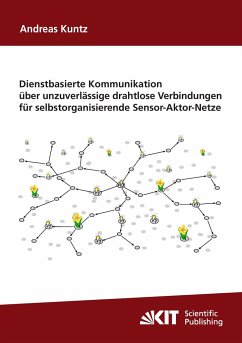
Broschiertes Buch
22. August 2014
KIT Scientific Publishing

Broschiertes Buch
1. Auflage
29. Februar 2016
GRIN Verlag
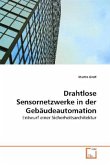
Broschiertes Buch
Entwurf einer Sicherheitsarchitektur
2009
VDM Verlag Dr. Müller
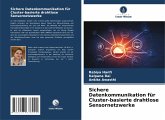
Broschiertes Buch
19. Juni 2024
Verlag Unser Wissen
Ähnlichkeitssuche: Fact®Finder von OMIKRON
